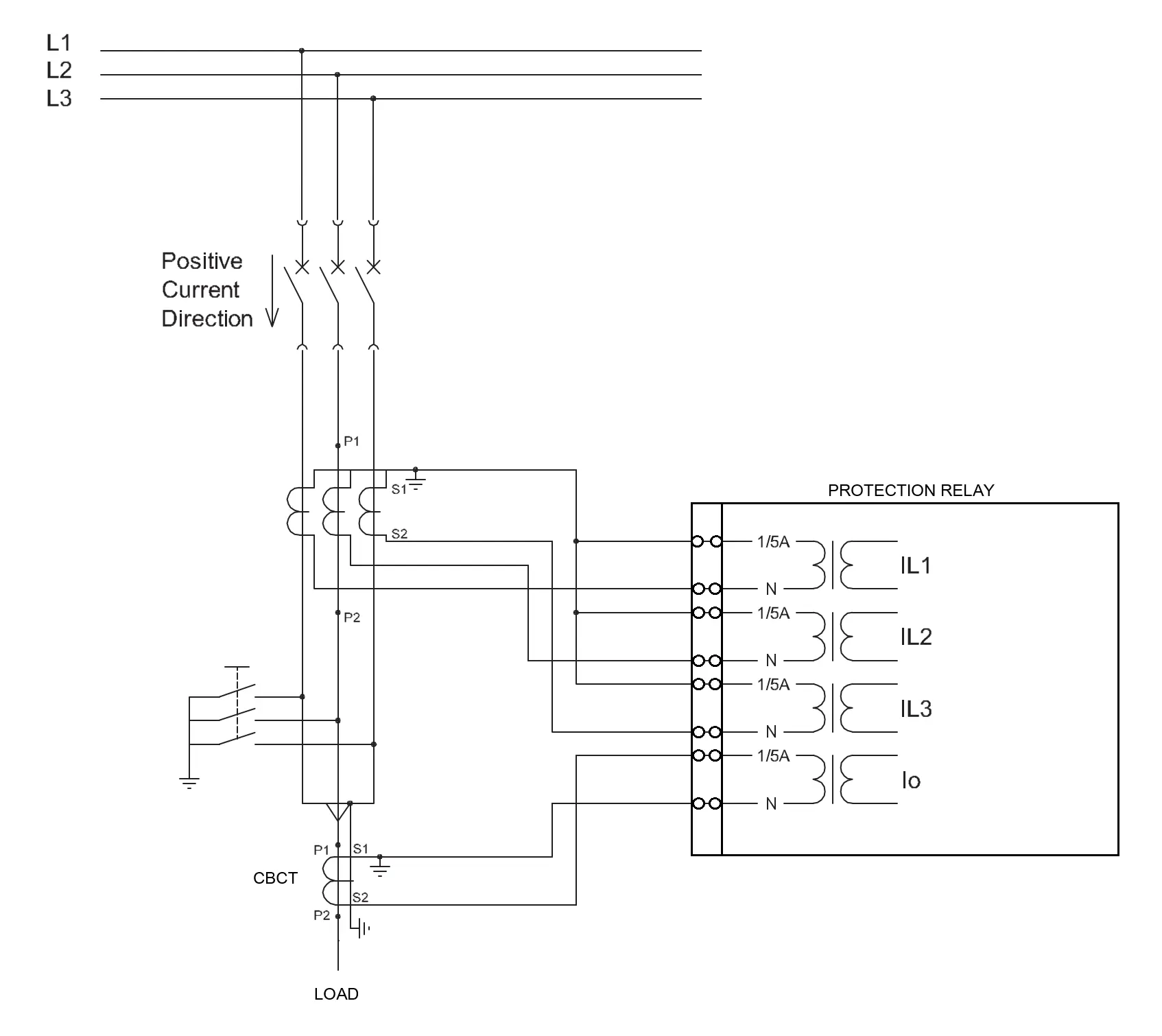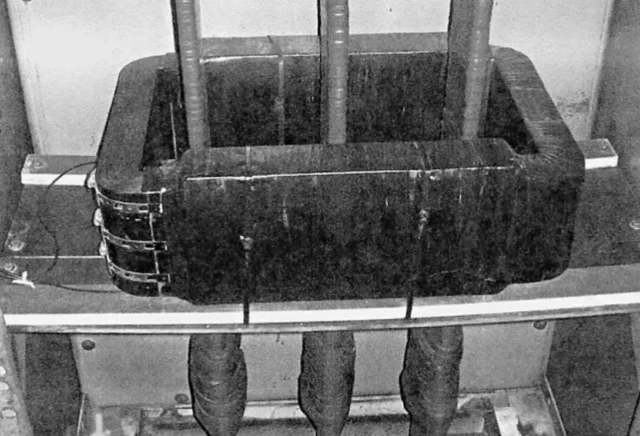1. Introduction
Core Balance Current Transformers (CBCT) are pivotal components in Electrical Engineering, commonly used in the detection of ground faults in power systems. Unlike conventional current transformers, CBCTs are designed to measure the imbalance of current between the phase wires, providing a precise indication of fault conditions.
2. Specifications
CBCTs are characterized by several key specifications that determine their performance and applicability:
- Rated Primary Current: Typically ranges from 1A to 2000A, depending on the system requirements.
- Rated Secondary Current: Standard values are 1A or 5A, facilitating compatibility with protective relays and metering equipment.
- Accuracy Class: Defines the precision of the transformer, usually ranging from 0.1 to 10 based on the application.
- Frequency Range: Operates effectively within standard power system frequencies (50 Hz or 60 Hz).
- Burden: Specifies the load capacity the transformer can handle, typically expressed in VA (Volt-Ampere).
- Insulation Level: Critical for ensuring safety and reliability, often rated for high voltage systems.
3. Applications
CBCTs are deployed in various sectors due to their robust fault detection capabilities:
- Power Distribution Systems: Used to detect ground faults in medium and high voltage networks, ensuring system protection and operational safety.
- Industrial Automation: Essential in monitoring electrical equipment and machinery, preventing damage due to ground faults.
- Renewable Energy Installations: Integral in solar and wind power setups to maintain system integrity and prevent faults.
- Residential and Commercial Buildings: Provides fault indication for electrical panels and distribution boards, enhancing safety.

4. Alternative Solutions
While CBCTs offer reliable ground fault detection, several alternative solutions exist:
- Rogowski Coil: A flexible and non-intrusive current sensor, ideal for retrofitting existing installations without disconnecting conductors.
- Hall Effect Sensors: Uses magnetic fields to measure current flow, applicable in both AC and DC systems.
- Zero Sequence CT: Similar to CBCT but specifically designed for detecting zero sequence currents in polyphase systems.
- Digital Fault Recorders: Advanced monitoring devices that provide comprehensive analysis of fault conditions and system behavior.
5. Standards
CBCTs are governed by various international standards to ensure their performance and safety:
- IEC 60044-1: The International Electrotechnical Commission standard for instrument transformers, specifying requirements for accuracy and testing.
- ANSI/IEEE C57.13: The American National Standards Institute and Institute of Electrical and Electronics Engineers standard, detailing specifications for current transformers.
- EN 61869-2: The European standard for current transformers, focusing on design and functional aspects.
- ISO 9001: Quality management system standard, ensuring consistent performance and reliability of manufactured CBCTs.
6. Vendors
Several renowned manufacturers supply high-quality CBCTs globally:
- ABB: A leading name in power and automation technology, known for their advanced CBCT solutions.
- Schneider Electric: Offers a wide range of CBCTs tailored for various industrial and commercial applications.
- Siemens: Provides innovative current transformers designed to meet stringent international standards.
- Eaton: Renowned for their reliable and efficient CBCT products suitable for diverse electrical systems.
- GE Grid Solutions: Specializes in high-precision CBCTs for critical power infrastructure.
7. Conclusion
Core Balance Current Transformers (CBCT) represent a vital technology in electrical engineering, offering precise ground fault detection and protection for power systems. Understanding their specifications, applications, and alternatives is essential for engineers aiming to enhance system integrity and safety. Compliance with international standards and partnering with reputable vendors further ensures the deployment of reliable and efficient CBCT solutions. As the electrical industry continues to evolve, CBCTs remain indispensable in safeguarding the infrastructure that powers our modern world.
